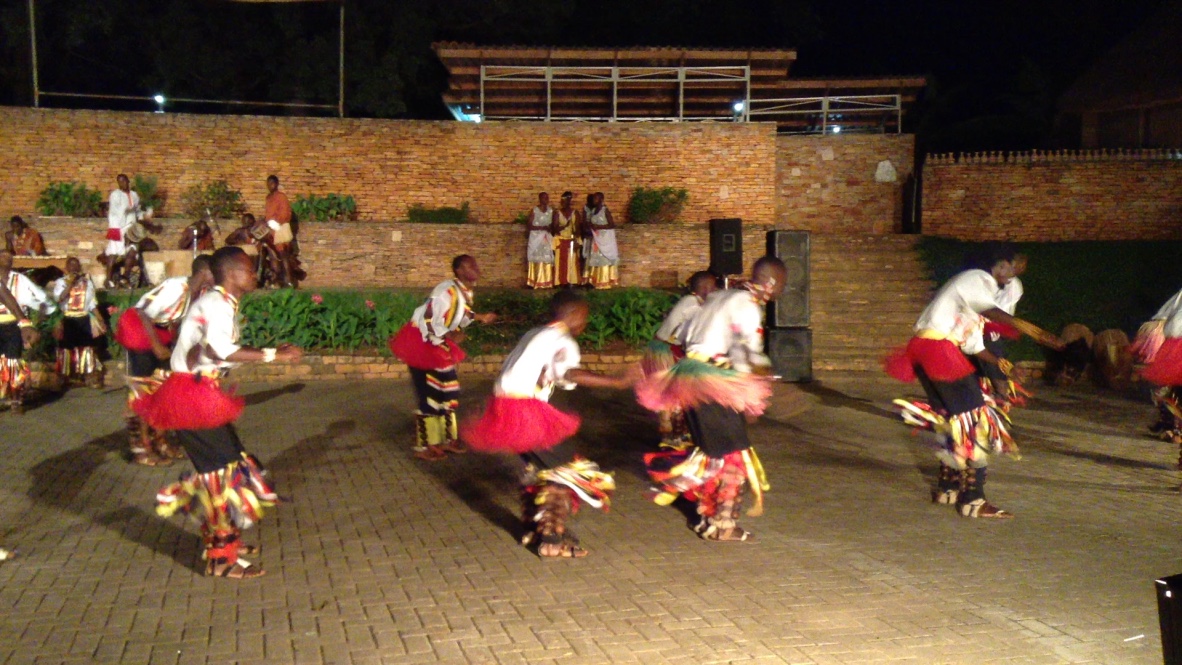Diversity is an expression of wealth and so is variety a standard of perfection. Gifted with magnificence, variety of form, color, the profusion of brilliant life coupled together with a rich culture and tradition, Uganda is undoubtedly among the richest countries in the world! The Uganda culture is deep with unique characteristics, ethnicity and diversity that includes several tribes and cultures like the Baganda, the Banyankore, the Bahima culture and the Banyoro among other cultural characteristics.
The country is located along 1° 22′ 14.63″ N 3 and 2° 18′ 11.67″ E, with a possessive capability of various kingdoms, clan systems and chiefdoms, which are creatively distributed along different regions of the country.
Each kingdom and clan is magnificently located along unique geographical features and landforms, starting from the Virunga landscape in the south to the 7-meter gorge in Murchison near the Spectacular Rwenzori ranges in the West to the undisputed mount Elgon in the east and the fresh water lake Victoria, together with the legendary river Nile in the central.
This diversity of tribes living in varied geographical locations has contributed to an evolvement of the way of life of the people, their social character, let alone their cultures and traditions across different generations. The dignified landforms that are dispersed among the regions can thus be credited for enriching the unique and disparate cultures in Uganda. This can be broadly appreciated when one considers the various modes of dressing that the different groups and tribes identify with, depending on which region they hail from, starting from the Kanzu and Gomesi/Busuuti in the Central region, the Omushanana and Suuti in the Western region to the Nakatukok (checkered sheet) in the Northern region.
Gifted with art and skill, dressing is one of the not-to-worry-abouts of Ugandan tradition. For how one would fashion a cloth out of a tree-bark, or should I say wood, is a mystery that for so long science cannot be able to explain. The unique African intelligence that combined the realization of bark peeling off the Mutuba tree, experience and the pressure-exertion pounding afterwards recapitulates the textile industry and factory that the ancient Ugandan man invented. This is invariably one of the greatest discoveries of ancient time, and lives to influence the dressing culture and modesty of Ugandans to date.
Claiming to be a musician without having an integration of touch and nature is one of the greatest fallacies of our generation. For in considering the words Franz Joseph Haydne said at his death bed, “I have just figured out how to use the winds.”, coupled with the research by Brian D. Farrell that unlocks the position between music and nature, I am left with nothing else but to credit the expansive wisdom of my grandfathers for being fully equipped with such information and ingenuity at heart. At such an early time, they managed to create a number of instruments from nature itself, which produced numerous and unique melodies that undoubtedly occur harmoniously in a number of today’s instrumentals. If comparison were my good friend, I would have compared such authentic African sounds to the legendary melodies of Johann Pachelbel!
Producing music and harmony without dancing or body response is like enjoying food which has no salt. Therefore, being aware of the dynamics that reward those who can listen and respond to music with style, our grandfathers portrayed their traditional dances in response to their melodious African beats, and this was not only one of the major sources of entertainment, but was also always brought in handy to enhance multiple gatherings as well as to continuously glue the art of unity among their people. This love for music and dance has successfully found its way even in the modern generation, in that whether living in the remotest of villages or the most urban of towns, people still enjoy the musical and dance activities, as it is all underlined with one denominator: happiness.
Food is not the least thing that our ancestors were good at. Being hardworking, they embraced the fact that one not only needed to eat, but also have a plenteous variety of what to eat or choose from. Thus, different kinds of foods were cultivated by the different communities so as to ensure wellbeing, since being healthy was not anywhere as light an issue in the magniloquent perspectives of our ancestors as one can imagine.
Generally, Uganda is a cultural color wheel, technically diverse. Diversity is not an expression of production, it is a matter variety, form, substance and magnificence. We are talking about the different giftings of nature, a rich culture and diversity which are composed of various activities and behaviors. Ponder about the unique form of medical treatment, which involved the art of identifying a prescription from the various herbs and could potentially make the weak strong; and that’s what punctuated the typical hospital of the ancient Ugandan!
The existence of different regions, each with a variant geographical form that necessitated varying ways of life and hence different ways of dressing, singing, sound instrumentals and dances, is something that cannot be under looked. To date, these forms are still culturally upheld in a way that whether in the city or in the rural area, the different cultural norms and behaviors are a stronghold to always lean back to, in undying memory of who we are. But no matter who we are or where we are from, we all are but one people: Ugandans!

